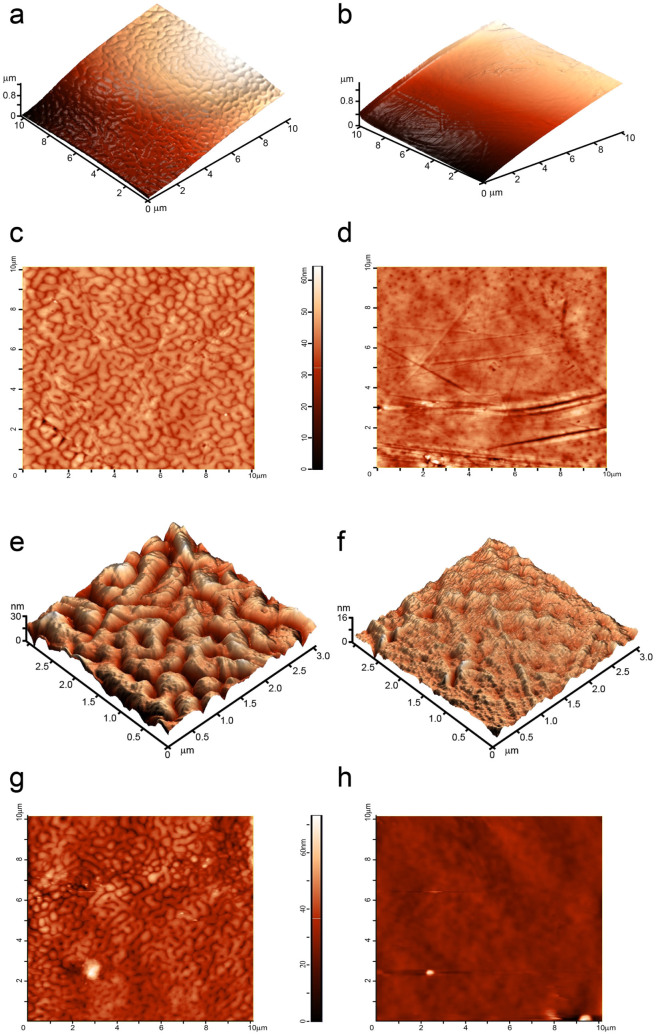Figure 3. The overwater and the underwater eyes of whirligig beetles display different corneal nanocoating.
(a–d), AFM-based 3D- (a, b) and 2D-images (c, d) of 10 × 10 μm squares of the corneal surface of the overwater (a, c) and the underwater (b, d) eyes of Gyrinus sp. (e), (f), 3D-reconstruction of 3 × 3 micrometer squares of the corneal surface of the overwater (e) and the underwater (f) eyes of Gyrinus sp. Note different Z-axis scale of (e) and (f). (g), (h), 2D images of 10 × 10 μm corneal patches of the overwater (g) and the underwater (h) eyes of an Orectochilus sp. beetle. A complex maze-like nanocoating can be seen on the overwater eye corneae of both whirligig species, whereas no specific pattern is detectable on the underwater eye surface. Surface height is indicated by the color scale shown next to 2D-images.

